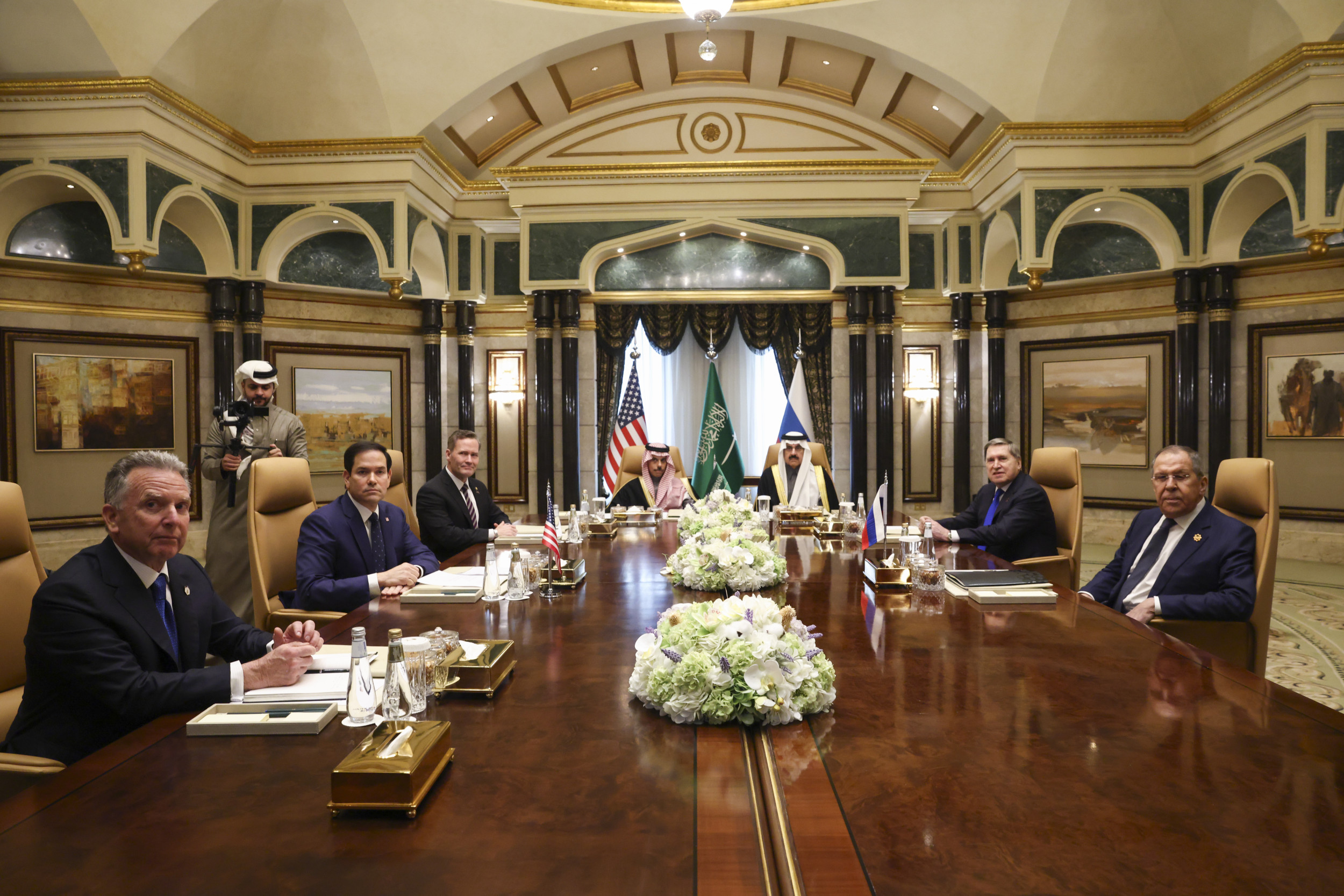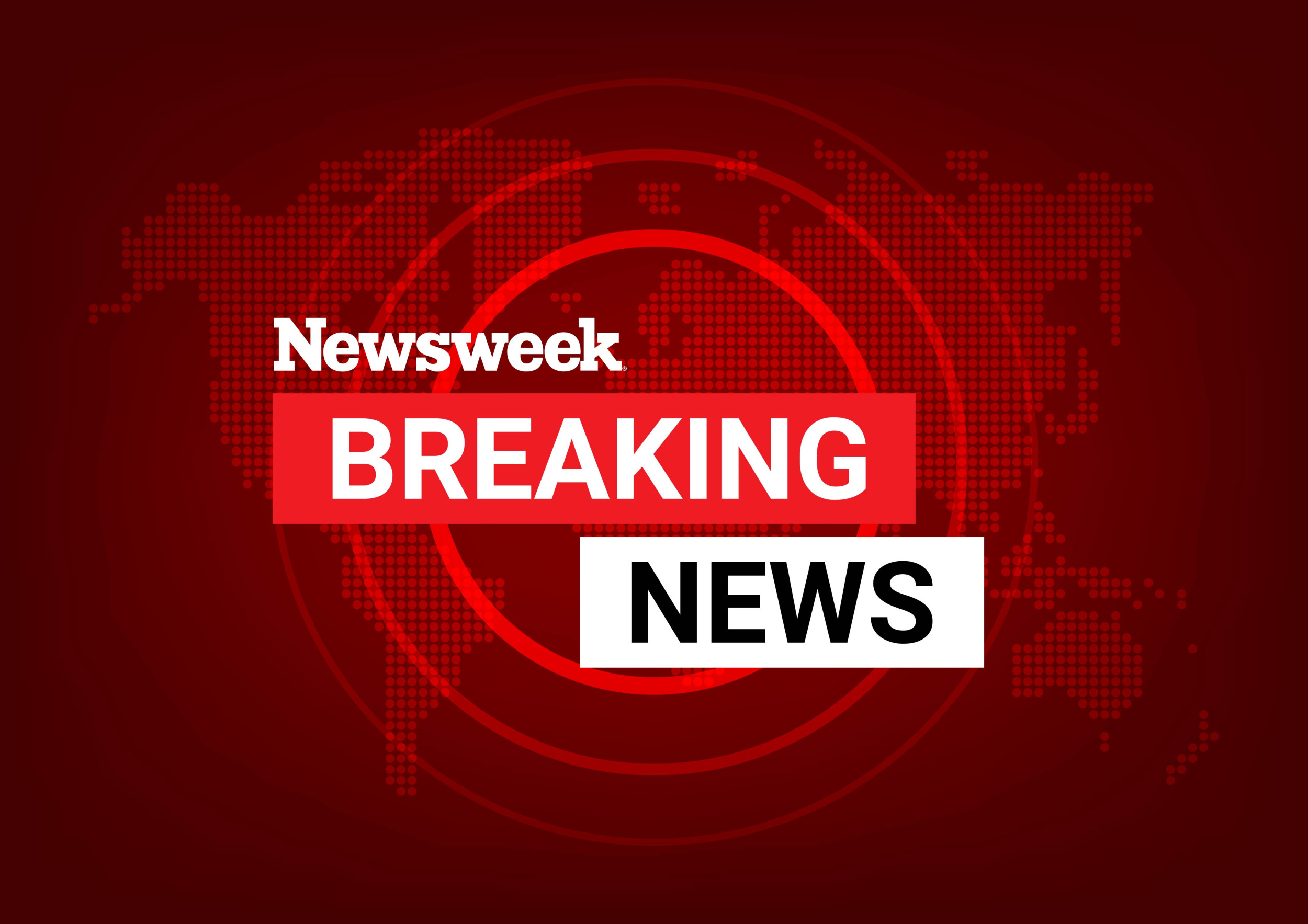"It is the task of our government to make it easier for young moms and dads to afford to have kids," said JD Vance last Friday at the March for Life, an anti-abortion rally attended by tens of thousands in Washington, D.C. The pronouncement was met with cheers in the only developed nation in the West to provide no nationwide, statutory paid parental leave.
The issue, which many see as a progressive agenda item, has been gaining support from both sides of the aisle—albeit for different reasons—for quite a few years now. In 2020, Donald Trump shocked many Americans with his promise to deliver paid parental leave during the final State of the Union speech of his first term. He was the first Republican president to do so and, under his watch, federal workers got 12 weeks of paid parental leave for the first time in U.S. history, thanks in part to his daughter Ivanka Trump championing the policy.
Under Trump, Congress came close to passing paid parental leave for all Americans, but ultimately failed to garner enough bipartisan support due to the policy's design. It would have forced American parents to "borrow from their future selves" in the form of reduced child tax credits in later years. It also left out paid sick leave, which many Democrats want to pass along with parental leave as a number of states have done in recent years. Under the Biden administration, the issue continued to gain ground and Congress came tantalizingly close to passing a federally backed 12-week paid family and medical leave policy, which would include leave for pregnancy, birth, and caregiving. Ultimately, the policy failed by one vote in the Senate.
Now government-backed paid leave policies are more popular than ever. Polls show a whopping majority of Americans support a wide range of family-friendly policies—80 percent of Americans polled by YouGov say new parents should have some form of paid leave, while half think they should get 12 weeks or more. The policies' broad popularity should come as no surprise, given that Americans are losing nearly $32 billion in wages every year as a result of our country's woeful lack of family-friendly policies. As Trump begins his second term with Republicans controlling all branches of government, his administration may go for an easy win and finally make federally backed paid parental leave a reality.
It's not yet clear exactly how much leave the Trump-Vance administration could secure for parents or what funding structure such a policy might rely on. But now more than ever, America needs to learn from peer countries that have a long history of paid parental leave to design policies that lighten American parents' crushing workloads. One of the best examples can be found in Norway. The Nordic nation, which has had some form of paid parental leave for more than half a century, offers America key lessons on what kinds of leave policies are most effective in terms not only of supporting families, but of actually reshaping our vastly unequal society.

Norway's paid parental leave policies, which were first passed by a center-left government with support from the right-leaning Christian Democratic Party in the 1970s, demonstrated that supporting working families is a concern across the political spectrum. Not unlike Democrats and Republicans, while Norway's Labour Party was interested in formalizing traditionally unpaid labor done by women to grow the economy, Christian Democrats hoped the policy would support traditional family values. Although the policy has been amended and extended over the years, in its current form, Norwegian parents are entitled to take a combined total of 49 weeks at 100 percent salary, or 61 weeks at 80 percent salary—paid for by the national government up to roughly the average salary.
In the 1990s, Norway also became the first country to implement a "daddy quota," designating a non-transferable, take-it-or-leave-it portion of leave for dads (or co-parents) to stay home with their newborns on their own. Then, after about a year or more at home with their parents, Norwegian children are entitled to high-quality, highly subsidized child care, while their parents are each allocated a number of additional paid sick leave days to stay home with their ailing kids.
While the primary motivation behind the Nordic nation's family-friendly policies was economic, Norway has also reaped countless societal benefits and, importantly, the paid parental leave policy is as popular as ever. A Norwegian finance minister went so far as to declare that working moms have added as much wealth to the country's economy as its sovereign wealth fund. The country's gender pay gap has been nearly clamped shut, and Norwegian homes and workplaces display a broad understanding of caregiving as indispensable labor that can and should be evenly distributed by both parents with society's support. The family-friendly policies have also been shown to yield numerous health benefits, especially when it comes to lowering maternity and infant mortality rates—something the U.S. also desperately needs to work on.
Vance has made countless confounding, often regressive statements on families and family-friendly policies, once suggesting that asking grandparents to watch their grandkids is the solution to the country's child care crisis. But if the vice president is serious about making it easier for working families to care for their children, Norway's the first place to look to for an effective and popular model.
Natasha Hakimi Zapata is an award-winning journalist and the author of Another World Is Possible: Lessons for America From Around the Globe (The New Press, 2025).
The views expressed in this article are the writer's own.



